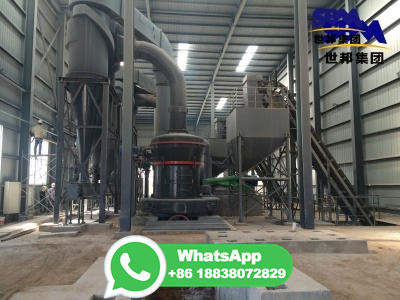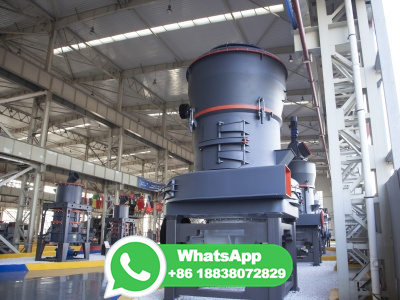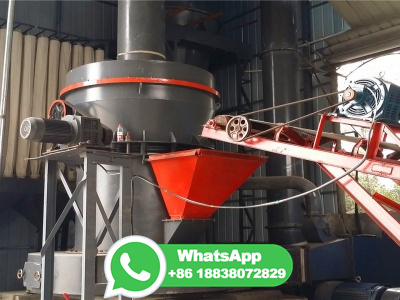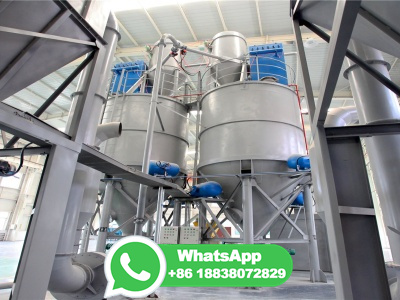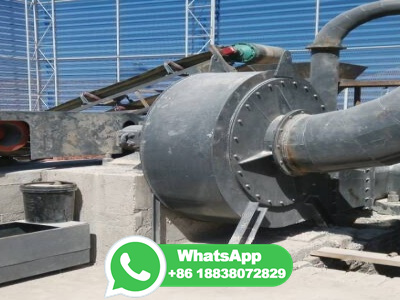Melting Characteristics of Iron Ore Fine During Sintering Process
WEBMay 1, 2011 · The whole melting curve of iron ore during sintering process was obtained, and the melting characteristics of iron ore were defined and explained. The whole melting process of mixture, mixed by iron ore and CaO reagent at basicity of 2. 0 and 4. 0, respectively, was observed using a SiC heating furnace with camcorder unit, and the .

